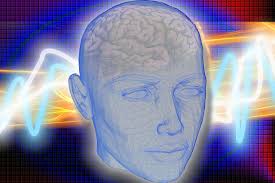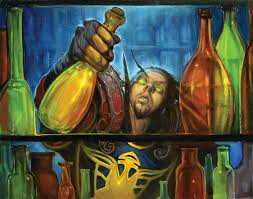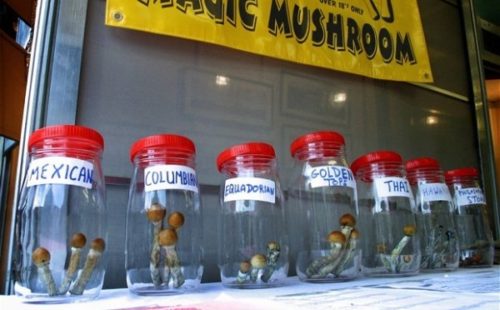
The Big Lie of our age is that the brain generates consciousness. It’s a lie characteristic of our exceptionally materialistic age, because in most other times in human history people have retained their intuitive awareness of the primacy of consciousness. In the modern West, however, it’s simply taken for granted that the brain generates consciousness, and the deleterious consequences of this belief are denied or explained away.
This Big Lie has come about as a result of a reasoning error that became fashionable in the wake of the Enlightenment. The idea was that religion had held humanity back during the Dark Ages by making scientific research impractical, and therefore religious dogma had to be discarded from the scientific reasoning process, and therefore all talk of a world beyond the material had to be abandoned, and therefore consciousness simply had to be a material property.
From this Big Lie a number of falsehoods arise. Many of these falsehoods are encouraged by the ruling classes because they make the plebs easier to rule.
For instance, the belief that the brain generates consciousness leads immediately to the belief that the death of the brain (alongside the inevitable death of the physical body) must inevitably mean the “end” of consciousness. Because if the body dies, and the brain dies with it, then the brain must logically lose its capacity for ‘generating’ or ‘maintaining’ consciousness and thus that consciousness must disappear.
This belief, while predicated entirely on a falsehood, leads to a number of other beliefs.
The most powerful of these is the belief that this life is all that there is. If the death of this physical body means the death of consciousness, then I cannot be held responsible for anything I do while in this place (i.e. Earth, more or less). Therefore, if I take money now in exchange for attacking another person, or if I murder, rob or rape, then I only have to get away with it for as long as this physical life endures.
Another odd idea that follows naturally from the Big Lie is that only creatures with brain structures similar to that which knows itself to be conscious can also be conscious. If the brain generates consciousness by means of some property inherent to it (such as a critical mass of complexity) then other creatures can only be considered conscious to the degree that they share these brain structures with the person thinking up the consciousness theory (after all, that person knows themselves 100% to be conscious).
One delusion is that mortal terror is an appropriately dignified response to mortal threats for a civilised human. It is if you believe that the brain generates consciousness, but if you don’t believe this it becomes possible to be genuinely courageous. After all, why subject yourself to mortal terror if you know that the contents of consciousness are ephemeral and transient?
Of course, the ruling classes are generally happy to have people believe that this life is all there is, for a variety of reasons. Not least of these reasons are because it discourages anarcho-homicidalist action by making people afraid of execution, and because it makes people greedy, aggressive and acquisitive as they try to cram an eternity’s worth of pleasures into one mortal incarnation.
It is ultimately because of this Big Lie that cannabis and the psychedelics are illegal. These drugs modify behaviour by making the user aware, however fleetingly, of a world beyond the material. In this world beyond are immutable moral principles, and it’s harder to pull the strings of people who are aware of these principles and believe in them. Such people tend to make their own decisions.
A common experience on psychedelics is to feel the material world slipping out of consciousness and to become aware of an entirely different world as seen through an entirely different set of eyes, but which is ultimately comprehended by the same consciousness. This often results in the tripper learning the lesson of the primacy of consciousness and how conceptions of time and space are illusions brought about by temporary separation from God.
It is because of the Big Lie that people who become privy to such revelations about the true nature of reality – whether by taking psychedelic drugs or through other means – are seen as having gone insane, and their revelations seen as chaotic nonsense of no value. After all, if a psychonaut comes to realise that the Big Lie is a big lie, then that psychonaut must be dismissed as a space cadet or schizophrenic lest this realisation catch on.



